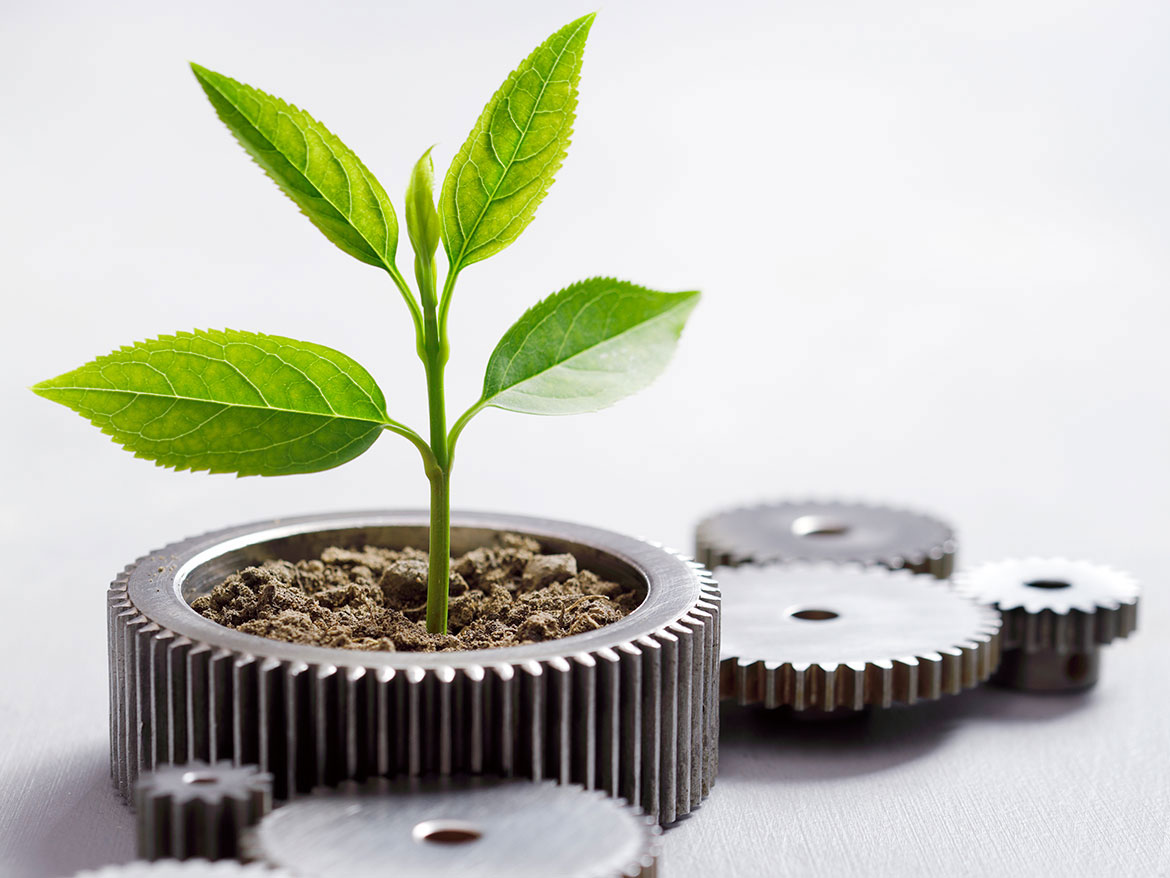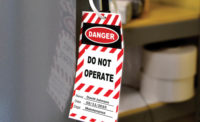“A large and growing number of manufacturers are realizing substantial financial and environmental benefits from sustainable business practices. Sustainable manufacturing is the creation of manufactured products through economically sound processes that minimize negative environmental impacts while conserving energy and natural resources. Sustainable manufacturing also enhances employee, community and product safety’’1
The United States Environmental Protection Agency (U.S. EPA) succinctly summed up the importance of sustainable practices which should be applied to every area of the manufacturing process including cleaning.
Today, sustainability is more than just an afterthought when it comes to cleaning parts, it is a necessity that affects both the environment and workers on the production line. In a world where safety, compliance and energy efficiency are so important, it is vital to find a future-proof cleaning solution that meets all of these objectives.
Meeting environmental regulations
Long gone are the days of choosing a process just because it cleans the manufactured part well. Businesses must also consider other factors. Is it safe for workers, does it meet strict regulatory requirements, what impact does it have on the planet and is it cost-effective? With so many aspects to address, it can make sustainable cleaning a challenge.
The most successful manufacturers understand that environmental responsibility is an integral part of their business. They have found cleaning options and processes that are forging the way when it comes to sustainability.
Growing pressure from consumers and governing bodies have changed the way manufacturers clean and finish parts. The Montreal Protocol agreement is a prime example of this.
The Montreal Protocol is an international agreement made in 1987 that was designed to protect the ozone layer by phasing out the production and use of man-made chemicals which contain ozone depleting substances (ODS). It identifies a list of ODS that threaten human health by lessening the earth’s protective stratospheric ozone layer. Some ODS are strictly controlled for their use. Others are targeted for phasedown and others were completely phased out at the time of finalization.
Since it began nearly 35 years ago 197 countries have participated in the Protocol which has resulted in the phase-out of 99 percent of nearly 100 ozone-depleting chemicals.2 Examples of these include cleaning solvents used in industries like those in the metalworking sector. In the 1990s many metal working shops used chlorofluorocarbon (CFC) and hydrofluorocarbon (HCFC)-based solvents inside vapour degreasing machines to clean parts. These included CFC-113, 1,1,1-trichloroethane, HCFC-141b and HCFC-225. Although they were very effective at removing grease, oils and other industrial soils from parts, they also had very high ODP (Ozone Depleting Potential) ratings. By the mid-1990’s their use was highly regulated and they have since been banned for metal cleaning altogether.
Just add water
Seeking an alternative to these banned substances, many manufacturers turned to aqueous cleaning. Although aqueous cleaning is effective at removing contamination, it is also extremely “ungreen.”
Aqueous cleaning uses large amounts of water, a precious non-renewable resource. It also requires large amounts of electricity or other power source to fuel the multiple washing, rinsing and drying machines. Aqueous cleaning systems also need high water and air temperatures to be effective, therefore consuming even more energy. Furthermore, it produces a water waste stream that requires treatment before discharge, a big negative on the sustainable score card.
Regulatory restrictions
Some industries opted for high-solvency chlorinated and brominated solvents such as TCE (Trichlorethylene) and nPB (n-Propyl Bromide) instead of water-based cleaning. Once the chief cleaning solvents within many industries these legacy cleaners are now facing scrutiny by the U.S. EPA, OSHA (Occupational Health and Safety Administration) and ACGIH (American Conference of Governmental Industrial Hygienists) due to their toxicity and air quality concerns. In August 2020 the EPA reported that nPB presents an unreasonable risk to human health and should be restricted as an industrial cleaner with many experts expecting to see a complete EPA ban on nPB by the end of 2022. REACH (Registration, Evaluation, Authorisation and Restriction of Chemicals) a European Union regulation has already banned its use since July 2020.
Fortunately, cleaning fluid manufacturers are developing and commercializing non-toxic, environmentally acceptable cleaning options that out-perform older fluids and processes like nPB or aqueous cleaning. These innovative new solutions are not only safer to workers and gentler on the planet, but deliver consistent and reliable cleaning with the lowest overall cost.
Many of the new sustainable industrial cleaning fluids are based on HFO (hydrofluoroolefin) technology that offers excellent performance along with improved environmental properties. Unlike the legacy cleaners that were based on HFCs (hydrochlorofluorocarbons), the new cleaning fluids have a very low GWP (low global warming potential) which helps reduce greenhouse gas effects, and a zero ODP to meet strict regional air quality regulations. Importantly, they offer improved environmental properties without compromising on cleaning performance.
Putting safety first
Modern sustainable cleaning fluids are not only better for the environment but also safer for exposed workers. The PEL (Personal Exposure Limit) of a fluid, which addresses toxicity levels, is measured in parts-per-million (ppm). Higher scores are better. Permissible worker exposure levels for sustainable fluids are about 200-250 ppm. Compare this to TCE which has a 100-ppm PEL or nPB that is rated at just 0.1 ppm, the sustainable cleaning fluids are significantly better for the safety of exposed workers.
Modern sustainable cleaning fluids are also non-flammable. This is important to the health and safety of workers as fire risk is significantly reduced.
Meeting the green clean challenge
Sustainable practices are key within the manufacturing environment. Minimizing environmental impact, keeping workers safe, but still achieving the final cleaning goal successfully is a challenge. Add to this the ongoing regulatory restrictions and industry-standard constraints and the objective is more difficult.
Environmentally progressive cleaning fluid alternatives are not only greener and safer but they are effective at thoroughly removing contamination. Sustainable cleaning fluids are future-proofing cleaning and helping to protect the planet and its people.
For companies looking for help in selecting and using sustainable industrial manufacturing cleaning fluids, it is essential to work with a partner that has expertise in the subject. Based on specific parts make-up and the contamination encountered, they can recommend the sustainable fluids and cleaning methods that will work best.
References:
- https://www.epa.gov/sustainability/sustainable-manufacturing
- https://www.nationalgeographic.com/science/article/montreal-protocol-ozone-treaty-30-climate-change-hcfs-hfcs



